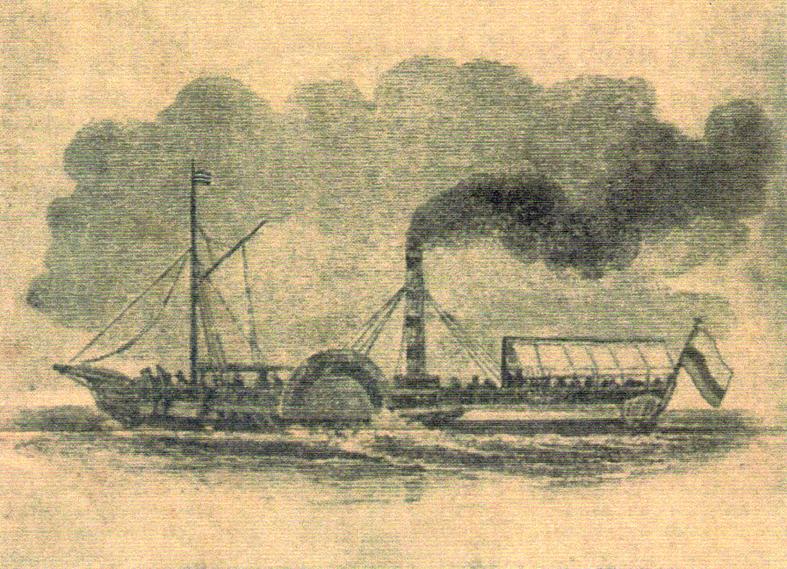Owner Comments:
Ecuador - 10 Centavos - (KM #70, EC #162) - Mintage: 16,000,000
Ecuador began adopting a decimal coinage system in 1874 with the minting of one and two centavo coins at the Mint in Birmingham, England. The transition was completed on March 22, 1884 with the creation of the silver
sucre coin which was equivalent to 100 centavos. The sucre remained the official unit of currency in Ecuador for 116 years until the President of Ecuador announced on January 9, 2000 that the US dollar would be adopted as Ecuador's official currency.
Ecuadorian President Isidro Ayora introduced a new monetary system in 1927 based on a reduced size, weight, and fineness sucre. In 1928, the country had the U.S. mint produce seven different denominations ranging from one centavo to two sucres. A gold
Condor, (equivalent to 25 sucres) was also minted by the Birmingham mint making a total of eight different denominations minted for that year. The new sucre was nicknamed the
Ayora after the President. Likewise, the new silver 50 centavos coin became known as the
Lauritas after his wife Laura.
This design first appeared on the smaller copper nickel Five Centavos coin minted by the Birmingham mint in 1924 and is identical in design to the 1928 5 Centavos. This issue is one of those confusing coins where a case can be made for either side to be identified as the obverse. Krause & Mishler (KM), which is the source of the NGC World price guide, designate the date side of the coin as the obverse. I suspect though that if I send one of these to NGC for grading, they will mount the side with the bust of Rockafuerte on the label side of the holder. I will describe the coin here in those terms based on my expected outcome of grading.
Obverse
The right facing portrait of Ecuador's second President, Vicente Rocafuerte surrounded by laurel branches over the denomination
5 CENTAVOS. It is interesting to note that the 1924 ten centavos bore the left facing bust of Simón Bolívar, so it is a bit surprising that this coin was patterned after the 1924 five centavos instead of the 1924 ten centavos that preceded it.
Reverse
These coins were minted for the "Republica Del Ecuador" by the Philadelphia mint, however no mint marks were used on the minor coinage produced for Ecuador in Philadelphia. The date appears below the coat of arms. Ecuador dictated the various elements of their coat of arms, but the actual rendering of these elements by the various mints which produced their coins can vary greatly from mint to mint. In this case the central elements of the ship, water and mountain look more like an ocean going vessel sailing away from a mountainous coastline rather than the river steamship
Guayas, sailing the Guayas river with the snow capped Chimborazo volcano in the distant background. There is also no Caduceus appearing as a mast on the ship, an aspect which seems to have eluded all but one mint. The following is a depiction of the 1841 steamship
Guayas for comparison:
 This coin
This coin
These coins circulated well and this one garnered the highest grade it could given the evidence of light circulation which is particularly obvious on the drapery at the lower left side of the shield on the reverse.
Date acquired: 12/4/2020 (raw coin)
Date graded: 7/8/2021 (self submitted to NGC)
References:
Seppa, Dale and Anderson, Michael,
the COINS of ECUADOR (second edition), Almanzar's Coins of the World, San Antonio, 1973.
Rev. 8/15/2021